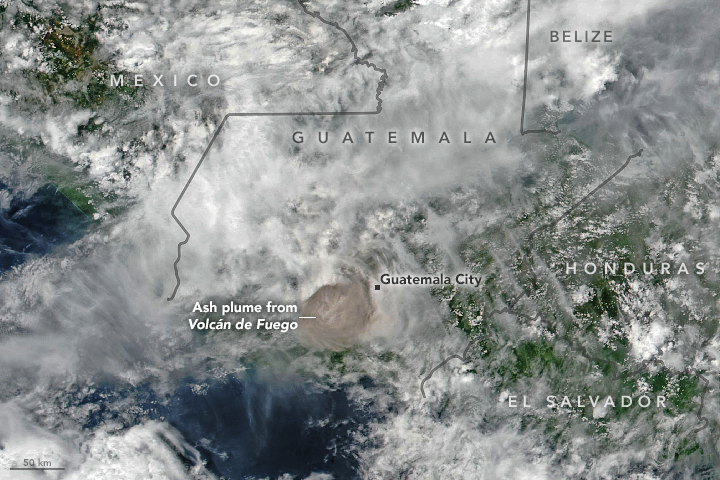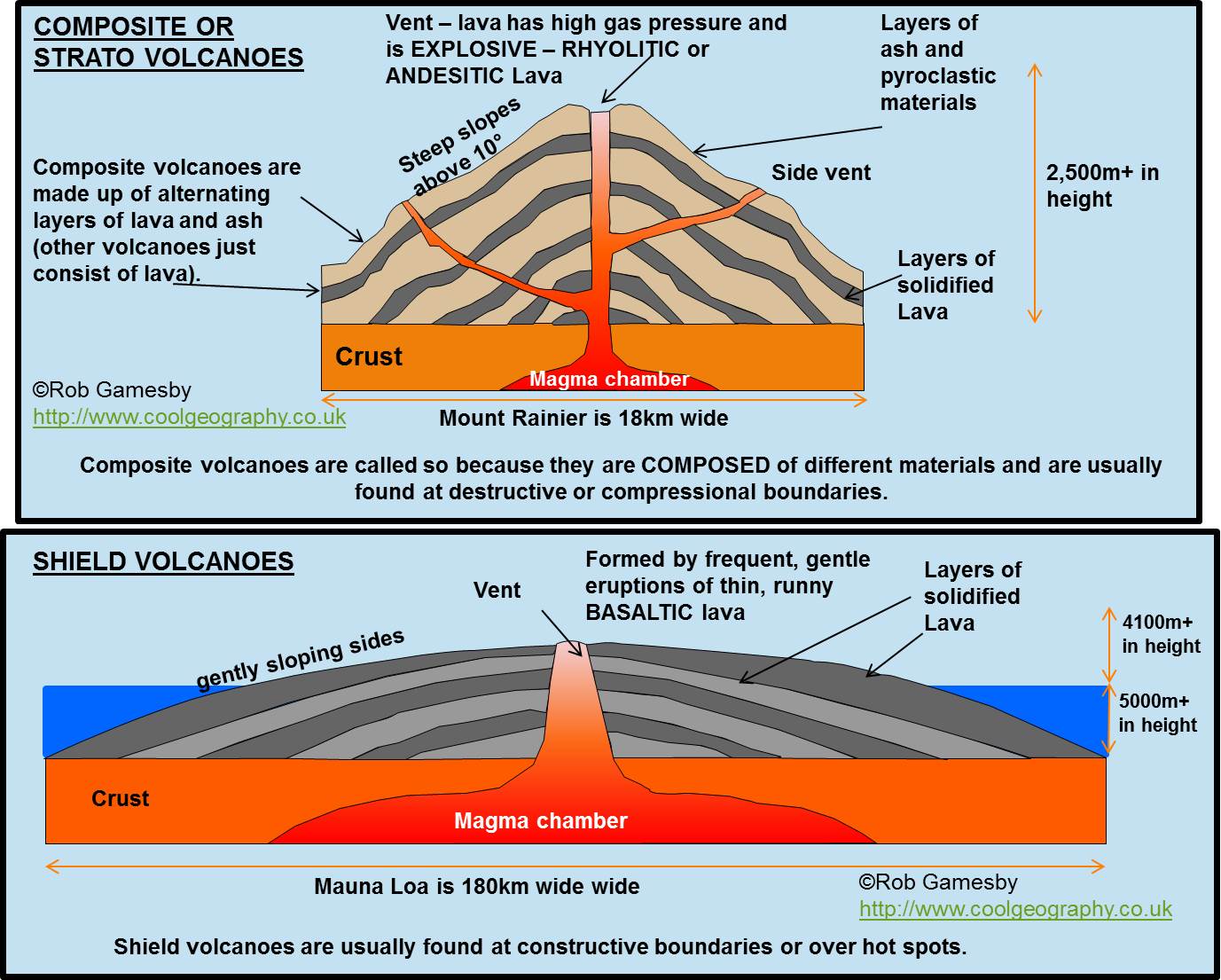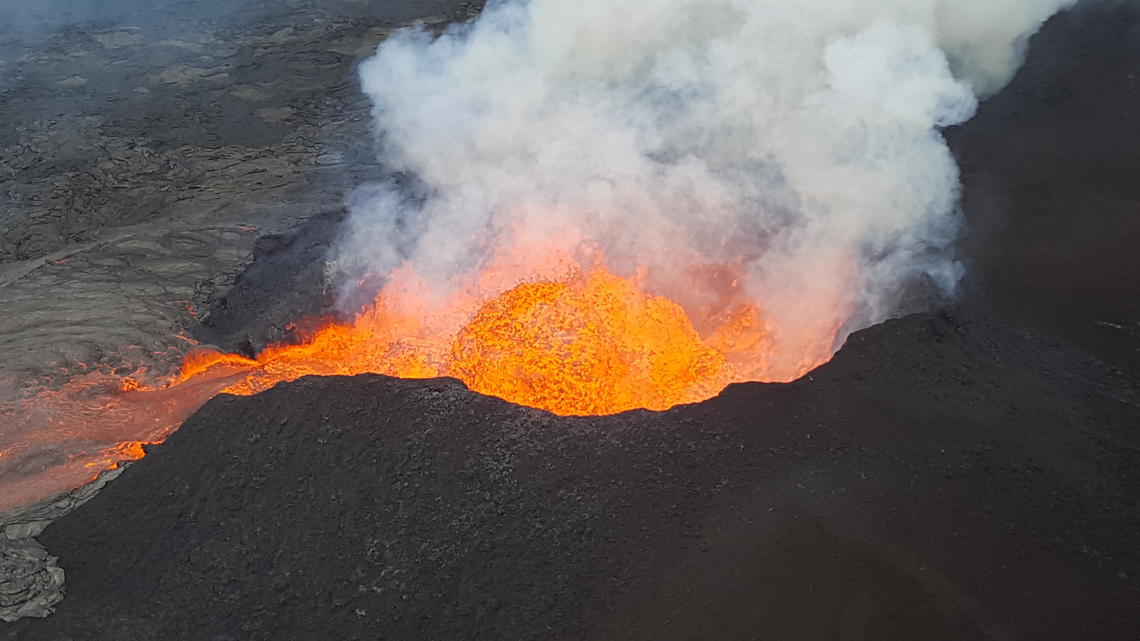
Guatemala’s Volcán de Fuego — Spanish for fire volcano — came alive on Sunday, June 3, billowing gas, fire and ash more than 15,000 feet in the air. The volcano’s most violent eruption since 1974 caused widespread chaos and destruction. The initial death toll of 110 increased to over 300 on June 17 after officials, citing dangerous conditions, abandoned the search for the 200 residents who have been missing since the deadly incident. In contrast, Hawaii’s Kilauea volcano, which has destroyed over 700 structures since it began erupting on May 3, has yet to result in any casualties. Experts say the reason Volcán de Fuego is deadlier than Kilauea can be attributed to the formation of the two volcanoes.

The steep, 12,346-foot-tall Volcán de Fuego is what scientists call a composite volcano or stratovolcano. It is characterized by sticky and thick magma which traps air inside, resulting in fiery explosions that spew rock and debris onto the volcano’s slopes. The pyroclastic flow — fluidized mix of volcanic matter and hot gas — that reaches temperatures of 1,300 degrees Fahrenheit (700 degrees Celsius) and speeds of 430 miles per hour (700 kilometers per hour) can cause instantaneous devastation.
The June 3 eruption swallowed entire villages and destroyed over 180 homes in Guatemala’s Chimaltenango, Sacatepéquez, and Escuintla regions. Particularly affected were the small communities of El Rodeo, Las Lajas, and San Miguel Los Lotes. Alfonso Castillo, a Los Lotes resident who witnessed a “sea of muck” encompassing his home, says, “In a matter of three or four minutes the village disappeared.”

Hawaii’s Kilauea, on the other hand, is a shield volcano. Its broad dome-shape causes the magma to spread out over a bigger area, making it less concentrated and unable to trap enough gas to produce explosive eruptions from a single fissure. Instead, the lava oozes out from dozens of openings at speeds of less than half a mile per hour giving residents time to evacuate safely. While that is fortunate, the steady-flowing stream from the recent eruption has devoured hundreds of structures, covered highways, and caused the island’s largest freshwater lake to evaporate. What’s worse is that experts expect the eruptions to continue for another month or two.

The close timing of the two violent emissions has led some to worry of further activity, especially around the “Ring of Fire” — a horseshoe-shaped zone along the Pacific rim, where many of the world's earthquakes and volcanic eruptions occur. However, Karen Fontijn, a volcanologist at Oxford University, believes there is no connection between the two. The expert says, “All these volcanoes are frequently erupting, and their behavior is totally normal. At any point in time, there will typically be about 10-20 volcanoes in eruption around the world.”
Resources: cnn.com, express.co.uk, coolgeography.co.uk, guardian.com, businessinsder.com
